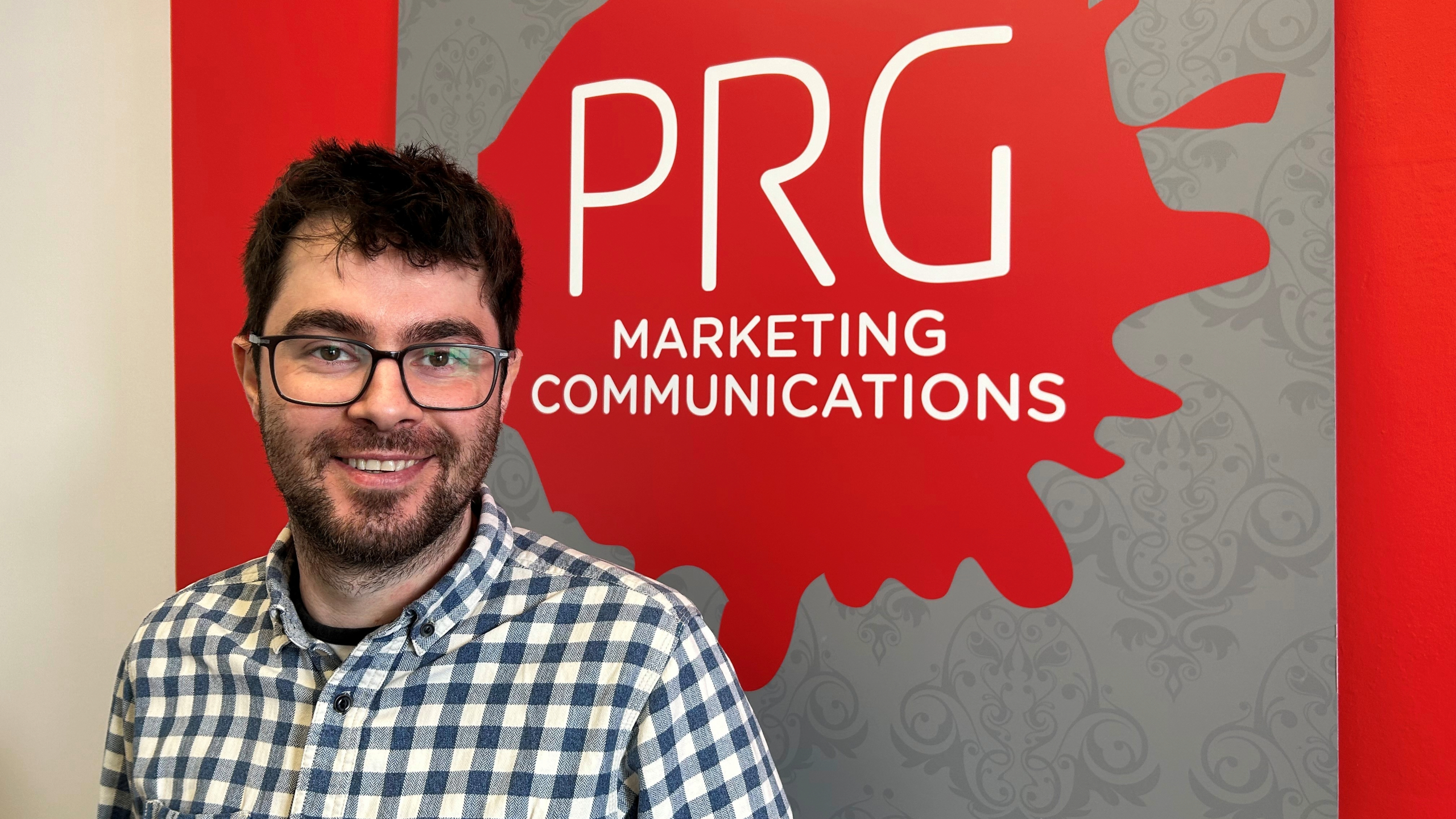
While influencers remain a very valuable part of brand marketing, as many have seen the monetising opportunities available to influencers via platforms such as Instagram and Youtube, a host of fake influencers have popped up, making it a challenge for brands to tell who has a genuine following and who is worth investing in.
Influencer Fraud
It’s no secret that there are many valuable ways genuine influencers can profit from promoting relevant products or services to their audiences. From sponsored posts to collaborations and gifting, the marketing opportunities are plentiful.
So where does influencer fraud come in to play? These days, numbers are important when it comes to marketing and sales; this has spawned a host of ‘influencers’ buying followers. This can pose a huge problem for brands who can then be misled in to spending valuable advertising budget with an influencer which is then rendered useless when it transpires their following isn’t genuine. Brands such as Unilever are leading the way when it comes to calling out the fake influencer issue and finding solutions.
How to spot a ‘fake’ influencer
Spotting fake influencers is a very timely issue and a continual challenge that brands and agencies continue to navigate. This leaves many wondering what the best ways are to spot ‘fake influencers’? Here, our digital marketing experts share some of the ways you can tell if an influencer’s following is genuine:
- Dedicate time to getting to know an influencer’s account – Check their posts regularly and see if the comments are relevant to the context of the post. Remember, those who have genuine followings may still get comments from spam accounts, but if it happens regularly this could be a sign. Look at the accounts that follow them – do they have thousands of followers yet have hardly ever posted or have only recently created the account? These are all warning signs.
- Engagement to follower ratio – If an influencer has a high follower account but their posts don’t get many comments or likes, it could be a sign the following isn’t genuine.
- Use tools – Tools that assess follows and unfollows can help you to ascertain if an account has a genuine following or not. If an influencer looks as if they are consistently following lots of people (and during unsociable hours) it could be a sign that a bot is doing this on their behalf. You can use a tool such as Social Blade to look back at historical data from social media platforms. Some people use the follow and then unfollow technique to get people to follow them back on Instagram, but it’s worth noting that this practice is often frowned upon.
- Look at patterns – If you notice a pattern over time that someone has gained or lost a significant amount of followers, it could be a sign that they are dabbling in buying fake followers. As building influencer relationships should be an ongoing part of your marketing strategy, it requires consistent monitoring to make sure you get it right.
If you do go ahead, follow up – Naturally, if you enlist an influencer to be a part of your campaign, you should ask for social / web traffic statistics beforehand so you can ensure they will be reaching the right people and your budget is well spent. Don’t forget to follow up though – even if an influencer’s audience is genuine, it’s important to assess which influencers resonate most with your target market.

